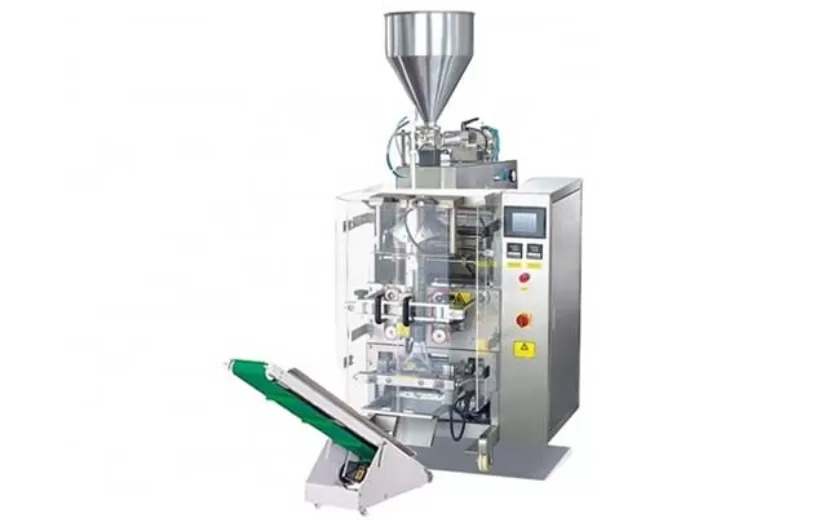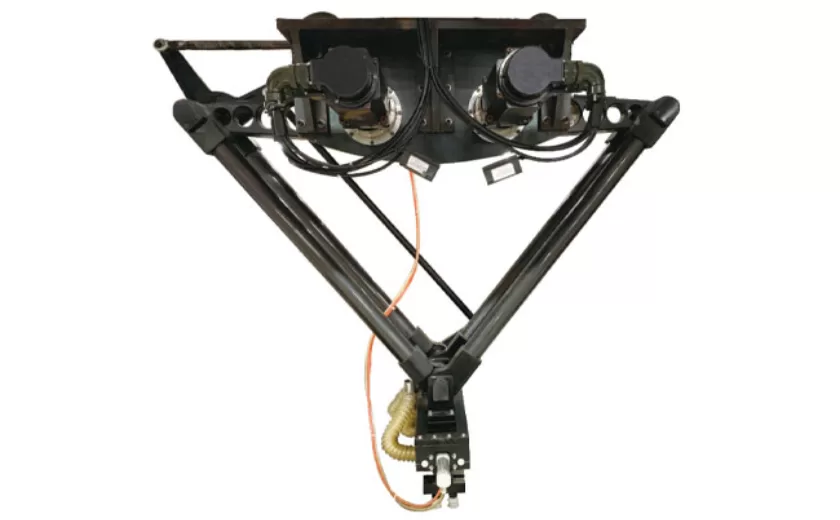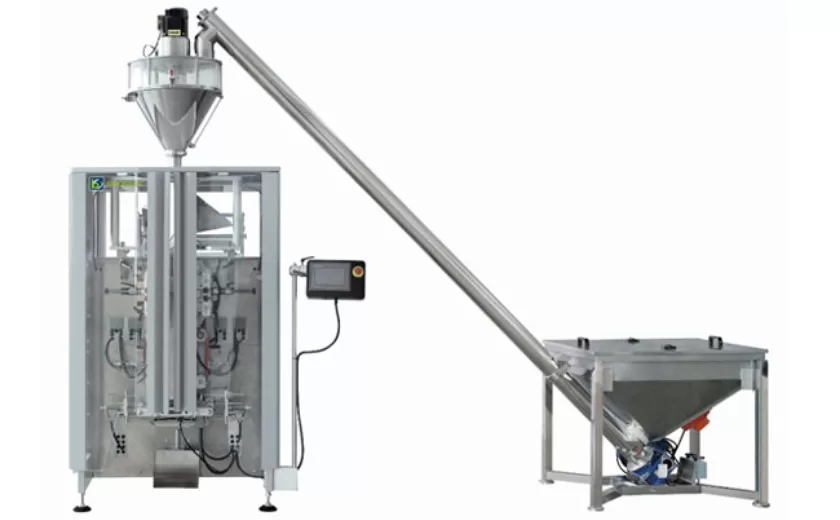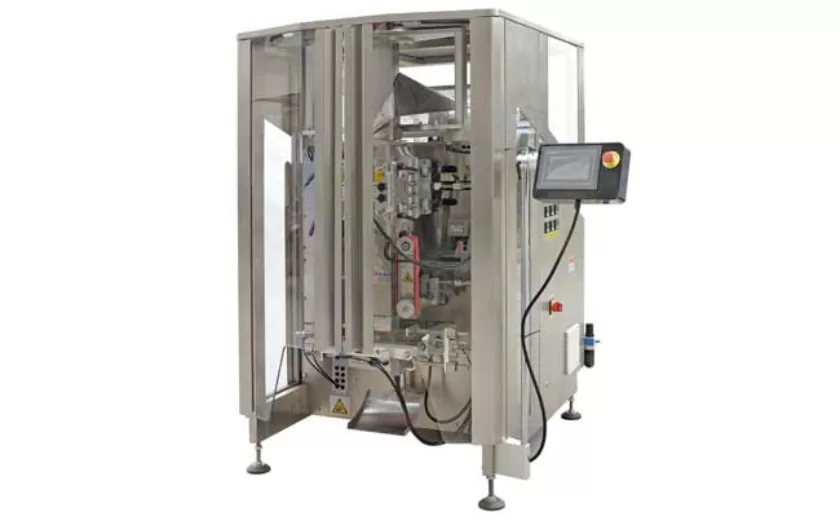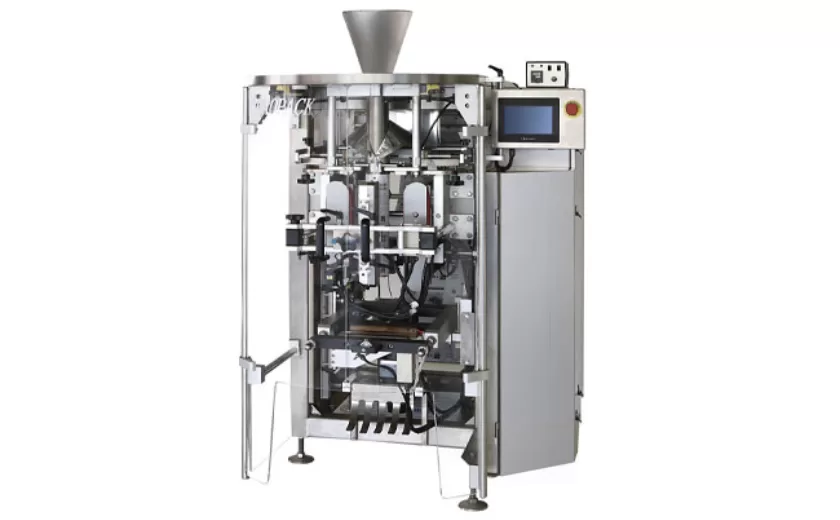Understanding the Role of Film Materials in Flow Wrapping
Flow wrapping is a packaging technique that involves enveloping a product in a continuous film, often made of polyethylene or polypropylene. The film is heat-sealed at both ends and a small fold is formed around the product, resulting in a tight and protective fit. Understanding the role of film materials in flow wrapping is crucial for ensuring the quality and effectiveness of the packaging process.
Choosing the Right Film Material
The choice of film material for flow wrapping depends on several factors, including:
– Product Characteristics: The size, shape, weight, and fragility of the product influence the type of film material required. Thick and durable films are suitable for heavy or bulky products, while thinner and more flexible films are ideal for delicate items.
– Desired Shelf Life: The shelf life of the product determines the barrier properties required from the film material. Films with higher oxygen and moisture barriers are necessary for products with extended shelf life.
– Target Market: The target market and sales channels impact the selection of film material. Some film materials provide enhanced transparency or gloss, making them more visually appealing for retail display.
Properties of Common Film Materials
Polyethylene (PE): PE is a versatile and widely used film material for flow wrapping due to its low cost, excellent flexibility, and good barrier properties against moisture.
Polypropylene (PP): PP offers higher strength, stiffness, and clarity than PE. It has excellent moisture and grease resistance, making it suitable for wrapping fatty or moist products.
Polyvinyl Chloride (PVC): PVC provides high clarity and shrinkability, making it ideal for products that require a tight and conforming fit. However, PVC is not as environmentally friendly as other materials.
Extrusion and Converting Processes
The film materials used in flow wrapping undergo various extrusion and converting processes to achieve the desired properties. Extrusion involves melting the raw materials into a molten state and forcing them through a die to form a continuous sheet. The sheet is then cooled and wound onto rolls. Further processing steps, such as printing, laminating, or perforating, may be performed to enhance the film’s functionality.
Quality Control and Testing
Ensuring the quality of film materials for flow wrapping is critical. Manufacturers adhere to industry standards and perform rigorous testing to verify the film’s properties, including tensile strength, tear resistance, puncture resistance, and sealing ability. This testing helps ensure that the films meet the specific requirements of the products and packaging applications.
Understanding the role of film materials in flow wrapping is essential for optimal packaging performance. By choosing the right film material and considering its properties, manufacturers can ensure that products are protected, extended shelf life is achieved, and the desired visual appeal is maintained. Proper extrusion and converting processes, as well as rigorous quality control, guarantee the reliability and effectiveness of film materials for flow wrapping applications.
-
Advanced Packing Solutions: Snacks, Sugar, and Frozen Food Machines
29-10-2025 -
Efficient and Reliable Solutions for Salt, Nuts, and Frozen Dumplings Packing
29-10-2025 -
High-Performance Biscuits, Lollipop, and Ketchup Packing Machines for Modern Food Production
29-10-2025 -
Efficient Liquid Filling and Packing Machines for Modern Production
23-10-2025 -
Reliable Granule Packaging Machines for Efficient Production
23-10-2025 -
Efficient Auger Powder Filling Machines for Accurate Packaging
23-10-2025 -
High-Performance Liquid Filling and Packing Machines for Hygienic Production
10-10-2025 -
High-Efficiency Granule Packaging Machines for Precision and Speed
10-10-2025 -
High-Precision Auger Type Powder Filling Machines for Efficient Packaging
10-10-2025 -
Efficient Vertical Form Fill Seal Packaging Machines for Smart Production
10-10-2025





